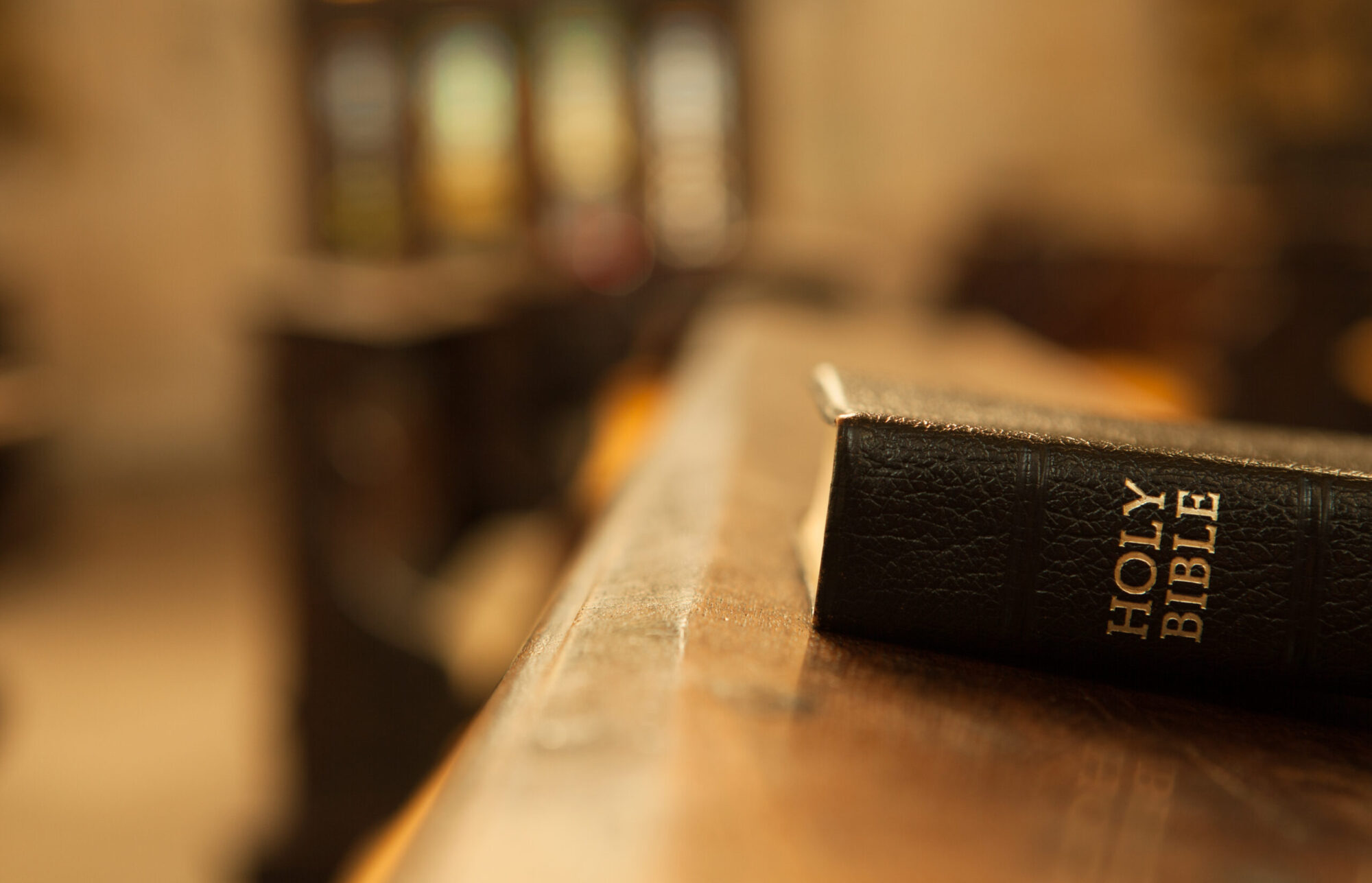Dear Disciple of Christ,
Have you ever heard of the “Worship wars”? If you’re not familiar with them you may think it’s a religious television program (like “Storage Wars” except for church goers). You might likely think they are battles between denominations. If you’ve been to a variety of churches you realize that not all churches worship the way you did when you were growing up or even the way you worship today. Some church bodies use a service tied to historic worship of disciples from years, decades and even centuries ago. The advantage in that style of worship is that it connects us to the cloud of witnesses who have gone before us and what we say and do in the worship has been tested by many years of use by many many disciples. The challenge is making sure the language is relevant.
Denominations at the other end of the worship spectrum use more modern language and hymns and perhaps liturgy that was created even for that particular Sunday (with it changing regularly). The advantage in that approach is it likely “speaks the language” of the people in worship (both word usage and music style). The disadvantage is that it may sever the connection current worshipers have to the cloud of witnesses that have gone before us. They may also contain some spurious language, perspectives and theology as it has been recently created and not reflected on by many disciples before it is used in worship.
But “Worship Wars” refers to neither of those (TV show or denominational fights). It refers to the “wars” that were fought within congregations over the type of worship that would be used in the local congregation. Literally, congregations have split over the issue, some wanting to move ahead with more modern worship and others feeling as if they would lose their identity and the gift of the worship they grew up with. This happened in many denominations including the Roman Catholic Church when it opened up worship to the language of the people instead of Latin (which was Luther’s idea 500 years ago). You’d think, when few modern day Roman Catholic worshiper knew what the Latin meant, that all would have appreciated the change but some fought hard to maintain the Latin liturgy. There was even an archbishop (Lefebvre) who led a group separating themselves from the Roman Pontiff and the main Roman Catholic Church. That’s just how serious things can get when it comes to worship and the preferences people have.
So there I was, three years into my ministry in Brooklyn (November 1978) and the national church designed and distributed a “new green” hymnal. No Lutherans had a green hymnal before this. No kidding, even the color was an identifiable change. That new hymnal was agreed upon by the four national Lutheran church bodies in an attempt to show their faith connection to one another. It harkened back to ancient liturgies including those for morning, noon, afternoon, dark and late night. It included services for weddings and funerals and private confession and absolution. It was deep and rich and it is the current “new green hymnal” (still it’s referenced “title” though it is nearly 50 years old. It was, after all, a change and few people like change (and especially not Lutherans). You remember the jokes about change back in the 70’s? Question: How many Lutherans does it take to change a light bulb? Answer: Change?
So how did a young “whippersnapper” of a pastor (recently ordained and installed and looking like a teenager) bring the hymnal into his church without a “worship war”? I began by teaching the songs and liturgy to the choir who began to sing those parts in worship on Sundays (replacing similar parts in our old hymnal – I suppose it should have been referred to as our “previous” hymnal but that hymnal was old, published originally in 1941 and being nearly a word for word copy of the previous 1917 hymnal). I tried to show the worshipers Jesus in the worship liturgy. He was and is proclaimed as most every word of the liturgies is taken from Scripture.
But how do we keep that focus on the day of dedication of the hymnals? How could I draw more on board to see Jesus in these hymnals? How could we “keep the peace” in the midst of what could be a worship war? I placed all the hymnals on the chancel step before the altar stacked about 5 piles wide and 20 hymnals high. Instead of all the green spines of the hymnals facing the congregation, in the center I turned the hymnals to the white page side in the shape of a cross. As we prayed those hymnals into use I prayed that those who used those hymnals for years to come would be blessed to see Jesus in worship through them. And so it has served us well for nearly 50 years (as that “new” green Hymnal is still directing our worship and waiting for worshipers to gather in the name of Jesus.)”
I guess the moral of the story then for me (and now for all of us) is to remember Who we seek as we gather in worship. It is NOT a place for war but for peace and grace and forgiveness and unity in Jesus. The hymnal (and style of worship) is not our focus – Jesus is! As long as He is the center, His grace and peace and rule will guide our actions toward one another. And so the hymnal has served us well.
Thanks be to God for His Son at the center of our worship and our lives.
Peace in His Service,
Pastor Johnson
